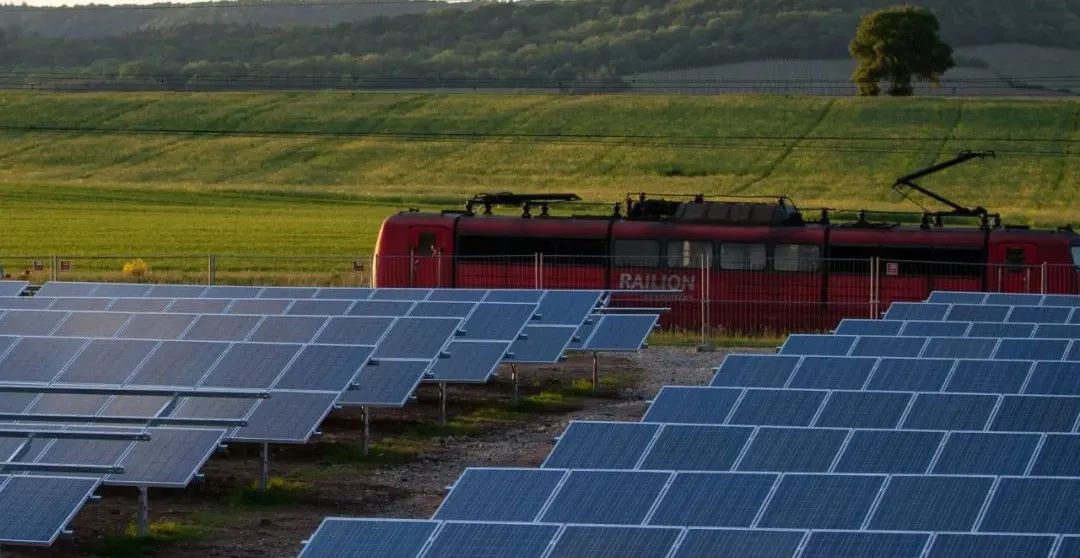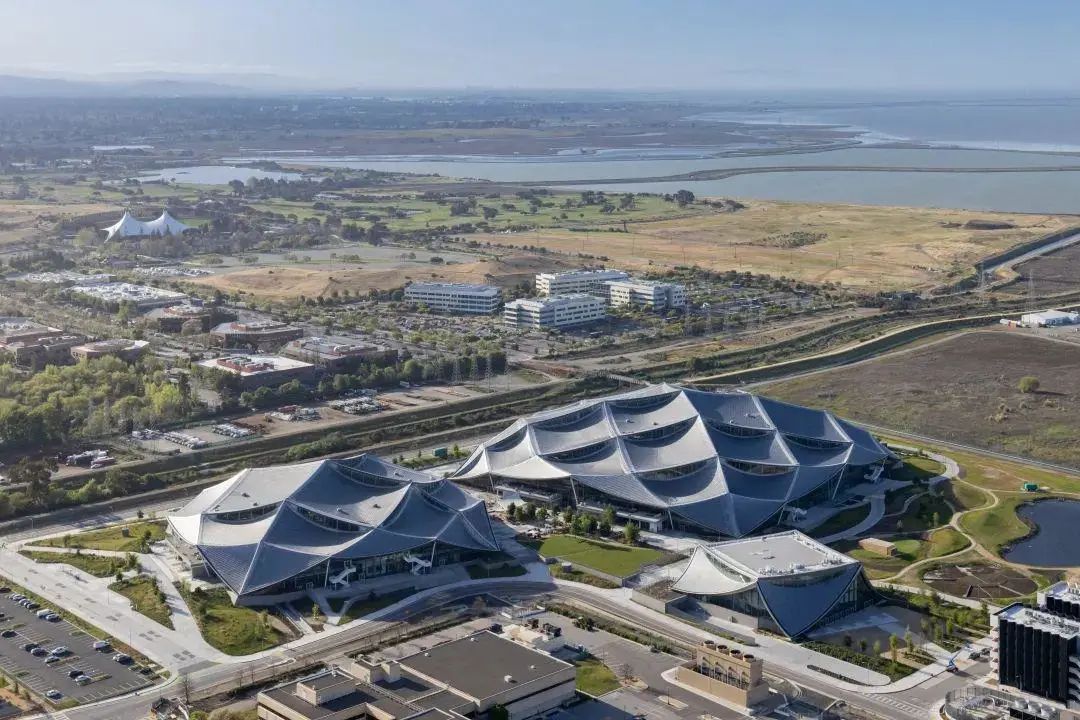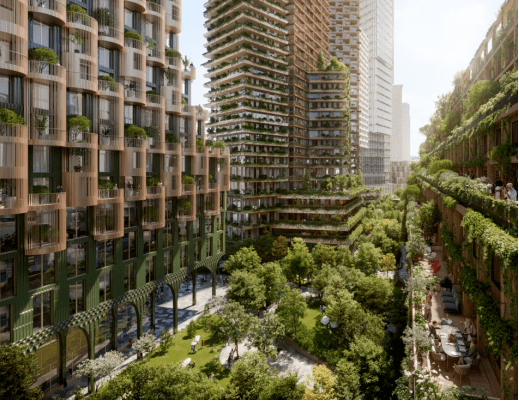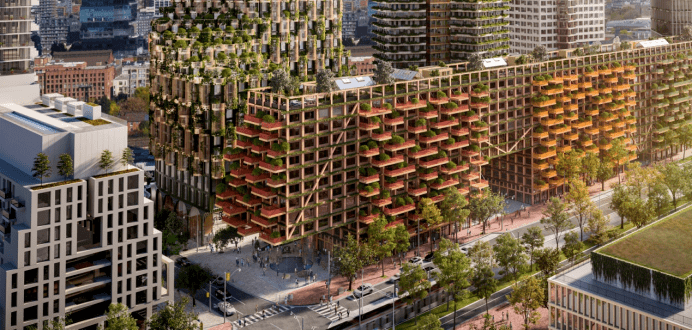The road of smart city out of trouble: From the rolling soil of 2.0 in the waterfront area of Toronto
Author:Tencent Research Institute Time:2022.08.07

Wang Peng Tencent Research Institute senior expert
In 2017, Alphabet (Google's parent company) Sidewalk Labs launched an epoch -making QUAYSIDE TORONTO planning scheme to create a data -driven urban planning and operation method system. After many years of discounts, finally Financial difficulties caused by the epidemic in 2020.
For this project, the author has written many articles before reviewing, regret and reflection.
From the beginning of "The Battle of Smart City | Ali and Google", Gao Gao has advanced, to "Sidewalk New Plan: Reality Returning to the Future City" from the tragedy of the palace, and now it is finally due to the economic recession caused by the epidemic. Shen Sha, we witnessed a complete story of a new Utopia based on technological ideals. "
Sidewalk initially shocked several industries. I think it is the first complete thinking of the world's first real use of ICT technology to deeply transform the entire urban system. Urban sensing network, open data API, unmanned transportation system, high mixed land, new road network structure, real -time dynamic road rights, high -rise wood structure and prefabricated buildings, active demand management, high priority walking system , Intelligent garbage treatment system ... presents a near -science fiction, which can be based on data -driven and operation.
Compared with the future city and smart city practice driven by government investment -driven globally, although this is only a top -level design, it is really based on Google's investment ecosystem and technical capabilities. From a market -oriented perspective And the path of sustainable profit and development.
In February 2022, Toronto announced a new bid developer in its waterfront area and launched a new development plan, called QUAYSIDE2.0. The plan promises to "build 800 economic apartments, two acres of forests, roof farms, new art places focusing on local culture, and the first full electric zero carbon community", "urban community should be a complex of nature and artificial environment "," I hope the city is green -the renderings are full of plants ", emphasizing" the importance of human life, plant life, and the natural world. "
After that, the media set off a critical and reflection on smart cities: "Smart City's Symbol", "Killing Smart City", "Replace the Smart Project with the Vibrant Rural Communities with tolerance and toughness". The shouting became the deadly enemy of "wind and rain, birds and bees".
It is understood that this new plan is based on the failure solution of Sidewalk Labs, avoiding sensitive data issues to make it easier for new developers to gain support from citizens and the government. However, can such "technical restoration" really represent the trend of urban development?
Ahead of the atmosphere
According to some information learned from the media, the founder of Google Larpeg, as a technical idealist, naturally it is easy to see the traffic jam. But his choice was not Musk's aircraft or tunnel, but proposed a great idea of transforming the entire urban system with data.
Prior to this, whether it was Matsushima or Masdal, it was just the local renovation of certain systems in the city. It did not stand at the height of a "system of system" to reconstruct the construction and operation of the entire city. After this, although the technical routes are different, Xiong'an New District, WovenCity, etc. have adopted this method of planning and construction and overall thinking of this physical space and digital space to respond to the needs of urban change brought about by the new technological revolution.
Of course, as an Internet company, maybe it is indeed unfamiliar with the rules of real estate development, Google chose a piece of land that is not suitable to realize its ideals (of course, there are not many more suitable choices in North America), except for urban government and citizens, Also deal with a second landlord Waterfront Toronto. The high -profile data ideal of its initial solution, the technical self -confidence of Internet companies, and underestimation of citizens and local influences have lurked crisis for subsequent failures.
As a project with a variety of interests and clear short -term profit requirements, these additional ideals and corresponding investment will undoubtedly destroy the balance of funds like a steel wire, let alone worsen the snow.
In the Bay View project just completed in 2022, Google has truly demonstrated its more realistic achievements of digital technology combined with urban ideals. The full -covered BIPV solar epidermis provides 40% power demand, complete open office, zero water loss, zero -carbon operation in 2030, and a small town for thousands of employees to live temporarily.
These achievements are sufficient to explain the value of technology and its ability to build digital -driven sustainable urban systems. However, the complexity of cities determines that this future experiment is difficult to implement the real cities outside the park.


Google Bay View New Headquarters
Data confusion
Data is the soul planned by QuaySide, but it is also the fuse of its failure. It almost offsets all the technological innovations that improve people's living environment, such as autonomous driving, garbage treatment, more comfortable streets and indoor environments. In fact, smart cities are just a systematic response to our city on the new technological revolution. Just as the modern city planning more than a hundred years ago, it was reasonably put in the industrial era of automobiles, elevators, and electricity to make it cooperate to serve others and bring a better way of lifestyle.
Today, the changes in the production and transfer methods of material, energy and information seem to have quietly reached a new critical point: the price balance point of the L4 autonomous vehicle on the road, solar energy and energy storage technology and traditional energy sources, pan -network and XR The widely used technology ... The planning method of the city needs to be changed again to create a new urban system. Data is a common link between connecting and defining each system.
Data is not just a camera and a QR code. Our past cities, we produce more space and products to solve people's needs. Under the limitation of resources, production will always be restricted, and cities will inevitably enter the stage of stock or even reduce the development stage. At this time, we have data tools that can make limited resources to meet more needs through efficient matching needs and supply, so as to achieve sustainable development.
In order to achieve efficient supply and demand matching, we need to use data to describe the space -time distribution of demand and supply. Supply -side data involves the operation of various systems in various industries, and demand data often describes the distribution and characteristics of the person, and often has the risk of privacy and security.
Unlike Internet applications, urban scale applications often do not need to collect detailed individual data, and more group data such as crowd traffic, flow, and crowd characteristics can be avoided through technical means. Be careful.
Therefore, the process of data transformation of various cities, whether it is energy or environmental protection, transportation, logistics, commercial or public services, is already underway and cannot be reversed. The service capacity is inevitable and the only way.
This accurate resource matching due to person can make "people -centered" no longer a empty slogan.
Path of the future
Finally, let's analyze some of the contents of the QuaySide2.0 plan, whether it can represent the future.
In fact, there are no different versions of the goal of wooden structure and payable, energy -saving and environmental protection. The difference is only to remove the digital tool path as auxiliary. If you really leave the digital tools, I am afraid that the achievement of these goals will only cost higher.
Besides, the biggest highlights of the plan are: forests, farms and plants full of eyes in the renderings. Toronto is located at 44 degrees north latitude, which is comparable to that of Changchun in my country. Although the long winter is more moist, I am afraid that the status cost in the effect chart will not be too low. And the thin "green ecology" renderings, without matching the corresponding technical means, I am afraid that there is no new idea in which country. There is also the "wind and rain" that looks romantic. At the time, Sidewalk wanted to heat the streets and use automatic devices to cover the wind and avoid rain for the sidewalk. Is this one more one f one?
Quayside2.0 renderings


Besides, the goal of the zero carbon community usually refers to the annual net energy consumption or carbon emissions of the building itself, which can operate independently on the grid and can rely on solar or wind power to operate. There are no large -scale photovoltaic boards in the renderings (even BIPV may be blocked by the forest) or wind power facilities. Although the proportion of Canadian nuclear energy and renewable energy power generation is indeed high, it seems that it does not help this relying on the power grid decarbar. The low -carbon advantage of the community. In addition, a large number of renewable energy is applied, and peak adjustment needs to use a large number of digital technologies, which seems to be contrary to the ideal of abandoning data.
Therefore, the low -tech green road of QuaySide2.0 is only from the planning point of view. It seems to be just the "air tower" and lacks the technical foundation and practical conditions that can be used. Under the restrictions of large cities, the economy and comfort in the plan can only rely on data -centric technical means. If the technology of Google cannot achieve the balance of funds, I am afraid that we can only adjust the planning indicators and profit expectations. It is probably unable to get out of trouble.
Although the development of digital technology and smart cities, although it will encounter various difficulties and setbacks, it has become a general trend. It belongs to the pastoral pastoral planning of the previous era and cannot cope with new complex challenges in urban construction.
Editor's Choice
Wang Peng: "New Era of Smart City Starting from a Document"
Wang Peng: "The First Principles of the City and Digital Transformation"
- END -
Develop Shiba Inu Yuan Universe

Shiba Inu recently announced that it cooperates with the Third Floor (Inc.) on the...
What mission of Shenzhou 14?Look at the highlight of the task

my country launched the Shenzhou 14 manned spacecraft on June 5, 2022, and sent th...